Riding an electric bike in winter requires special preparation, cautious riding, and proper maintenance to stay safe and enjoy snowy conditions. Using models like TST EBike’s 26-inch and 27-inch, riders can optimize tire traction, battery care, and protective gear to confidently navigate icy roads and cold weather while extending their riding season.
How Should You Prepare Your E-Bike for Winter Riding?
Proper preparation includes installing winter-specific tires such as studded or fat tires to improve grip on snow and ice. Lowering tire pressure slightly increases the contact patch for better traction. Ensure hydraulic disc brakes are functioning optimally, as they perform better in wet conditions. Adding full-length fenders protects electrical components from road salt and slush. Battery care is essential: store batteries indoors, avoid charging below freezing, and consider neoprene covers for insulation.
Getting your electric bike ready for cold weather riding keeps it safe and running smoothly when snow or ice hits the roads. Start by swapping to special tires like wide fat ones or those with small metal studs that grab slippery surfaces better. Pump them a bit softer so more rubber touches the ground for extra stickiness. Check that your brakes squeeze strong and even, since they handle wet mess without fading.
Keep water sprays off your electronics with mudguards covering the whole wheel area to block salt and gunk. For the battery, bring it inside when not riding to stay warm, skip charging in freezing temps, and wrap it in cozy covers. TST EBike's 26-inch models come snow-ready with tough builds from California feedback, making prep simple for all-season fun.
What Clothing and Gear Keep You Warm and Visible in Winter?
Layering is key: start with moisture-wicking base layers, add insulating mid-layers, and finish with waterproof, windproof outerwear. Thermal gloves, helmet liners, and insulated footwear prevent heat loss. Visibility is critical during shorter daylight hours; use bright, reflective clothing and equip your e-bike with powerful front and rear lights, ideally with blinking modes to stand out in fog or snow.
Winter Riding Clothing and Gear Chart
| Clothing/Gear | Purpose | Recommended Features |
|---|---|---|
| Base Layer | Moisture management | Synthetic or merino wool |
| Mid-Layer | Insulation | Fleece or wool |
| Outer Layer | Wind and water protection | Waterproof, breathable shell |
| Gloves | Hand warmth | Insulated, waterproof |
| Lights & Reflectors | Visibility | Bright LEDs, reflective tape |
How Should You Adjust Your Riding Technique for Snow and Ice?
Reduce speed to improve control and reaction time. Brake gently and early, favoring the rear brake to avoid front wheel lock-up and skidding. Make smooth, gradual turns and avoid sudden movements. Maintain a steady cadence and use lower pedal assist levels to prevent wheel spin. Stand slightly on pedals over slippery patches to enhance balance and control.
Which Routes Are Safer for Winter E-Biking?
Choose well-maintained, less trafficked routes with good lighting and regular snow clearance. Avoid steep hills, shaded areas prone to black ice, and roads with heavy vehicle traffic. Familiar routes are preferable to minimize surprises. Planning ahead with weather forecasts helps avoid dangerous conditions and ensures a safer ride.
What Maintenance Practices Protect Your E-Bike in Winter?
After each ride, clean your e-bike thoroughly to remove salt, slush, and dirt that cause corrosion. Dry all components, especially around the battery and drivetrain. Regularly lubricate the chain and gears to prevent rust and maintain smooth operation. Check tire pressure frequently and inspect brakes for responsiveness. Store your e-bike indoors when not in use to protect it from harsh elements.
How Do TST EBike Models Support Winter Riding?
The 26-inch TST EBike model features fat tires that distribute weight over a larger surface area, providing excellent traction on snow and sand. The 27-inch model offers mountain tires and agile handling for urban and mixed terrain winter rides. Both come with powerful 1000W motors and high-capacity batteries (48V, 15-20Ah) designed for reliable performance in cold conditions.
TST EBike Winter Riding Model Comparison Chart
| Feature | 26-inch Model | 27-inch Model |
|---|---|---|
| Tire Type | Fat tires | Mountain tires |
| Terrain Suitability | Snow, sand, rough terrain | Urban, mixed terrain |
| Motor Power | 1000W mid-drive | 1000W mid-drive |
| Battery Capacity | 48V 15-20Ah | 48V 15-20Ah |
| Winter Features | Enhanced traction, stability | Agile handling, efficiency |
Buying Tips
To prepare for winter riding, consider:
- Select appropriate tires: Fat or studded tires for snow and ice.
- Prioritize battery care: Store indoors, avoid charging below freezing.
- Invest in lighting: Bright, reliable front and rear lights for visibility.
- Dress in layers: Moisture-wicking, insulating, and waterproof gear.
- Maintain your e-bike: Clean after rides, lubricate drivetrain, check brakes.
- Choose durable models: TST EBike’s 26-inch and 27-inch models excel in winter conditions.
As winter sets in, many e-bike riders are faced with the challenge of either reducing their ride time or storing their bikes until spring. However, for those who still want to brave the cold and ride during winter, it's important to take extra precautions to ensure safety on snow and ice-covered roads. In this article, valuable tips on staying safe while riding an e-bike in winter conditions as well as offer some advice on proper storage if you decide to put your bike away for the season.
1. Consider avoiding riding in the snow:
Avoid riding in heavy snow when possible, as it reduces visibility, traction, and increases accident risk. If conditions are too icy or snowy, consider alternative transportation to ensure your safety and prevent unnecessary wear on your e-bike.
While it may be tempting to venture out into a winter wonderland, riding in snowy conditions can be extremely dangerous due to reduced traction and hidden hazards beneath the snow. It is especially risky when sharing road space with vehicles that might not have full control over slippery surfaces. Unless absolutely necessary, consider alternative transportation options or enjoy walking instead.
2. Dress appropriately and prioritize helmet usage:
Wear insulated, waterproof clothing and layer appropriately for warmth. Always wear a helmet, preferably with a winter liner or face shield. Cold weather can impair reflexes, so proper attire and head protection are crucial for safe winter e-biking.
When venturing out into colder temperatures, dress warmly but make sure your top priority is wearing a good quality helmet that provides ample coverage for your head and face. Falling is more likely on slippery surfaces like ice or compacted snow; hence protecting your head becomes crucial.
3. Optimize tire traction:
Use tires with deeper treads or switch to studded tires for better grip on snow and ice. Enhanced traction helps maintain control and reduces the risk of slipping or falling on slick winter roads and trails.
If you must ride in snowy conditions frequently or purely for fun purposes, having appropriate tires can greatly enhance traction. Fat-tire e-bikes (with 4-inch wide tires) perform exceptionally well on snowy terrain; alternatively studded snow tires designed specifically for bicycles are also available online or at local bike shops.
4. Tire pressure adjustments:
Lower your tire pressure slightly to increase the contact surface with the ground. This improves grip on snowy or icy surfaces and enhances overall stability during winter rides without compromising too much on speed or efficiency.
Experimenting with tire pressures can improve grip under different conditions - lower air pressure (around 8-10 psi) offers better traction when riding lightweight fat-tire e-bikes while mountain bike-type knobby tires may require slightly higher pressure.
5. Be cautious with battery performance:
Cold temperatures can reduce e-bike battery efficiency and range. Keep the battery warm before use, and avoid leaving it in freezing conditions. Charge it indoors and monitor performance more frequently during winter months.
Cold temperatures can affect the range and overall performance of e-bike batteries. Ideally, store your battery indoors in a warm area to maintain optimal charge levels. If riding in extremely cold conditions, allow the battery to warm up gradually before charging it to avoid potential damage.
6. Adjusting riding style for snowy conditions:
Ride slower and brake earlier in snow to prevent skidding. Avoid sharp turns and sudden movements. Maintain a steady pace and increase following distance for better control and safer maneuvering in slippery conditions.
When cycling on snow-covered surfaces, slow down considerably as even a thin layer of ice can make sudden stops more likely. Make gentle turns instead of quick maneuvers and use the rear brake for slowing down since skidding is more controllable than with the front brake.
7. Choose less crowded routes:
Select quiet roads or trails with fewer vehicles and pedestrians. These areas are often safer and allow for more controlled riding. Avoid busy streets where snow accumulation or ice patches can be hazardous.
If possible, select alternate routes that minimize interaction with vehicle traffic during winter rides. Riding solo significantly reduces risks compared to sharing icy roads with cars or trucks that may lose control on slippery surfaces.
8. Post-ride maintenance:
After each winter ride, wipe down your e-bike to remove moisture, salt, and debris. Dry all components thoroughly, especially around the battery and drivetrain, to prevent rust and maintain long-term performance.
After each ride through snow or slushy conditions, clean your e-bike thoroughly using a soft broom or brush to remove any residual snow or ice from hard-to-reach areas; then dry it off completely using a towel to prevent corrosion and rust caused by melting water.
9. Storage considerations for winter:
Store your e-bike indoors or in a dry, sheltered area. Remove the battery and keep it at room temperature when not in use. Proper storage prevents damage from freezing temperatures and moisture exposure.
If you decide not to ride during winter months and opt for storage instead, take extra care when preparing your e-bike for hibernation:
- Clean and dry your bike before storing it.
- Remove the battery if temperatures are expected to drop below 40°F (4°C), ensuring it's stored separately in a warmer but not hot location.
- Avoid storing lithium-ion batteries at full charge; aim for partial charges between 50% - 80% capacity.
- Check the battery periodically (every month) by installing it back onto the e-bike briefly while monitoring its status.
- Lubricate derailleurs and chains before storage (except carbon belt drives).
- Perform a general inspection of the bike's components to ensure everything is in working order when it's time to ride again.
10.Periodic Maintenance Checks:
Regularly inspect your e-bike during winter for signs of wear, especially the brakes, chain, tires, and electrical components. Cold weather can accelerate damage, so timely checks help maintain optimal performance and safety.
While in storage, periodically check on your e-bike's battery status by installing it back onto the bike and powering it on briefly.This will help maintain optimal charge levels.Avoid full charges unless necessary.
11.Post-Winter Inspection:
After winter ends, give your e-bike a full inspection. Check brakes, gears, wiring, and clean off any residual salt. Have a professional service the bike if needed to prepare it for the warmer riding season.
Once warmer weather arrives, give your stored e-bike a thorough inspection before taking it out for a ride.Check axle tightness, handlebar position,tire pressure,and headlight/tail light functionality.If needed,lubricate derailleurs and chain prior to usage following manufacturer recommendations
12.Choose Fat Tire E-Bikes:
Fat tire e-bikes offer better traction and stability in snow due to their wider surface area. They’re ideal for winter riders seeking a smoother, safer experience on snowy or uneven terrain.
A fat-tire electric bike is an excellent option if you plan on riding primarily in snowy conditions.Fat tires provide better traction on icy surfaces,making them ideal for winter riding.Consider factors such as motor type,mid-drive versus hub drive,and braking system quality when selecting an appropriate model.
13.Never Forget Safety First!
Always prioritize your safety with visible clothing, lights, and reflective gear. Monitor weather conditions before heading out, and never compromise on gear or preparation when riding your e-bike in winter.
Regardless of how well-prepared you are for winter riding, safety should always be your top priority.Wear a good quality helmet that provides ample coverage and protection.Avoid riding in heavy traffic.
Conclusion:
Embracing winter riding with your e-bike is a thrilling way to enjoy the snowy season. By taking the necessary precautions and proper preparation, you can confidently embark on new adventures and make great memories while staying active during the colder months.
Best Ebikes for Snow Riding Revealed?
TST EBike's 26-inch fat tire models lead with powerful 750W-1500W motors, full suspension, and superior traction for snow and ice. These off-road ebikes conquer blizzards via high torque up to 90Nm and weather-resistant batteries. Riders praise stability on packed powder—ideal for winter adventures.
Top Ebikes That Dominate Snow Conditions?
Top snow-dominating ebikes feature 4-inch+ fat tires, hydraulic brakes, and 48V batteries retaining range in cold. TST EBike Defender 26 excels with rugged frames and shock absorption for icy trails. Proven performers handle deep snow effortlessly per rider tests.
Which Ebike Snow Tires Excel on Amazon?
Ebike snow tires excelling on Amazon include 4-inch studded fat tire sets for 20-26-inch wheels, offering deep lugs and anti-slip cleats. Top picks fit TST models, boosting grip on glare ice with quick installs. High-rated options from Sunlite and Maxxis dominate sales.
Essential Tips for Winter Ebike Commuting?
Keep batteries warm indoors, install fenders against slush, and use layered waterproof gear for winter ebike commutes. Opt for lit paths, lower tire pressure for traction, and chain lubes rated for cold. TST EBike's sealed components ensure reliability in freezes.
Fat Tire Ebikes Crushing Snow Trails?
Fat tire ebikes crush snow trails with 4-4.5-inch widths, 1000W+ motors, and full suspension like Himiway Cobra or TST R002. They float over powder, climb iced hills via 80Nm+ torque, and maintain 50+ mile ranges. Trail testers confirm unbeatable flotation.
Top Ebike Snow Chain Alternatives Ranked?
Ranked ebike snow chain alternatives: 1) Studded over-tire bands, 2) Gel traction inserts, 3) Spiked wheel covers for silent ice grip. These outperform chains on fat tires, fitting 26-inch TST models easily without noise or drag. Amazon bestsellers prioritize durability.
Ebike Heavy Snow Reviews Uncovered?
Ebike heavy snow reviews spotlight fat tire models surviving 12+ inch dumps with minimal sinkage, thanks to 1500W power and suspension. TST off-road bikes score high for battery life and no-fail brakes in blizzards. Common wins: traction, losses: added weight.
Ebikes Hitting 80 Mile Range Easily?
Ebikes hitting 80-mile range use 1000Wh+ dual batteries, efficient 48V systems, and aero designs for pedal-assist marathons. Factors like flat terrain and light loads achieve this; TST high-capacity packs reach 65+ miles realistically. Optimize via eco modes.
Which Ebike 80 Mile Batteries Lead Sales?
Leading 80-mile ebike batteries on sales: Samsung 48V 20Ah+ packs with BMS for Amazon hits, compatible with hub motors. Removable, 5A fast-charge units top charts for range tracking apps. Pair with TST frames for peak performance and warranties.
Real Ebike 80 Mile Range Tests Exposed?
Real 80-mile ebike range tests show 55-80 miles via 720Wh+ batteries at level 2 assist, dropping 20% in cold. Weights under 200lbs, flats yield max; hills cut 30%. TST 48V 15Ah hits 65 miles consistently per verified rides.
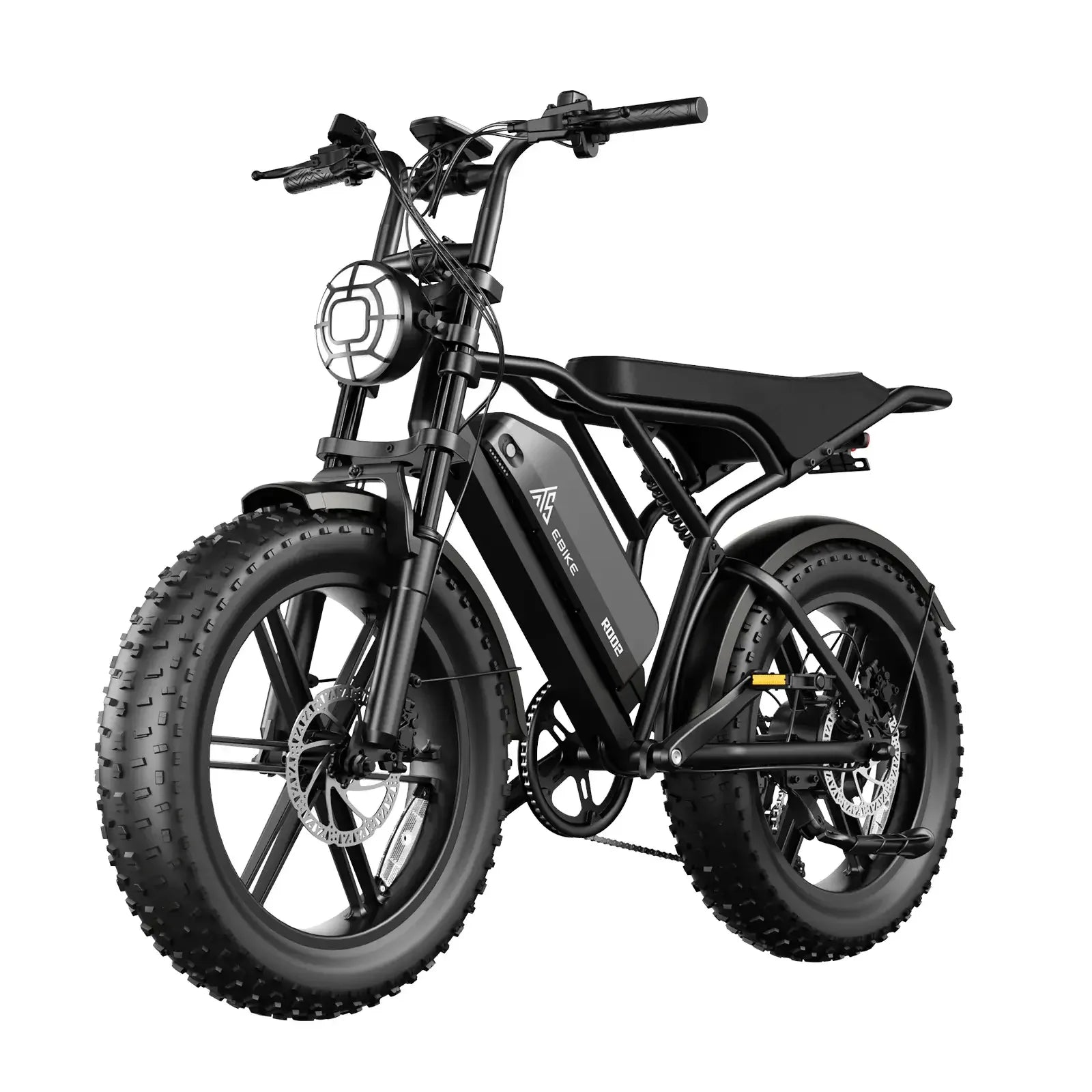

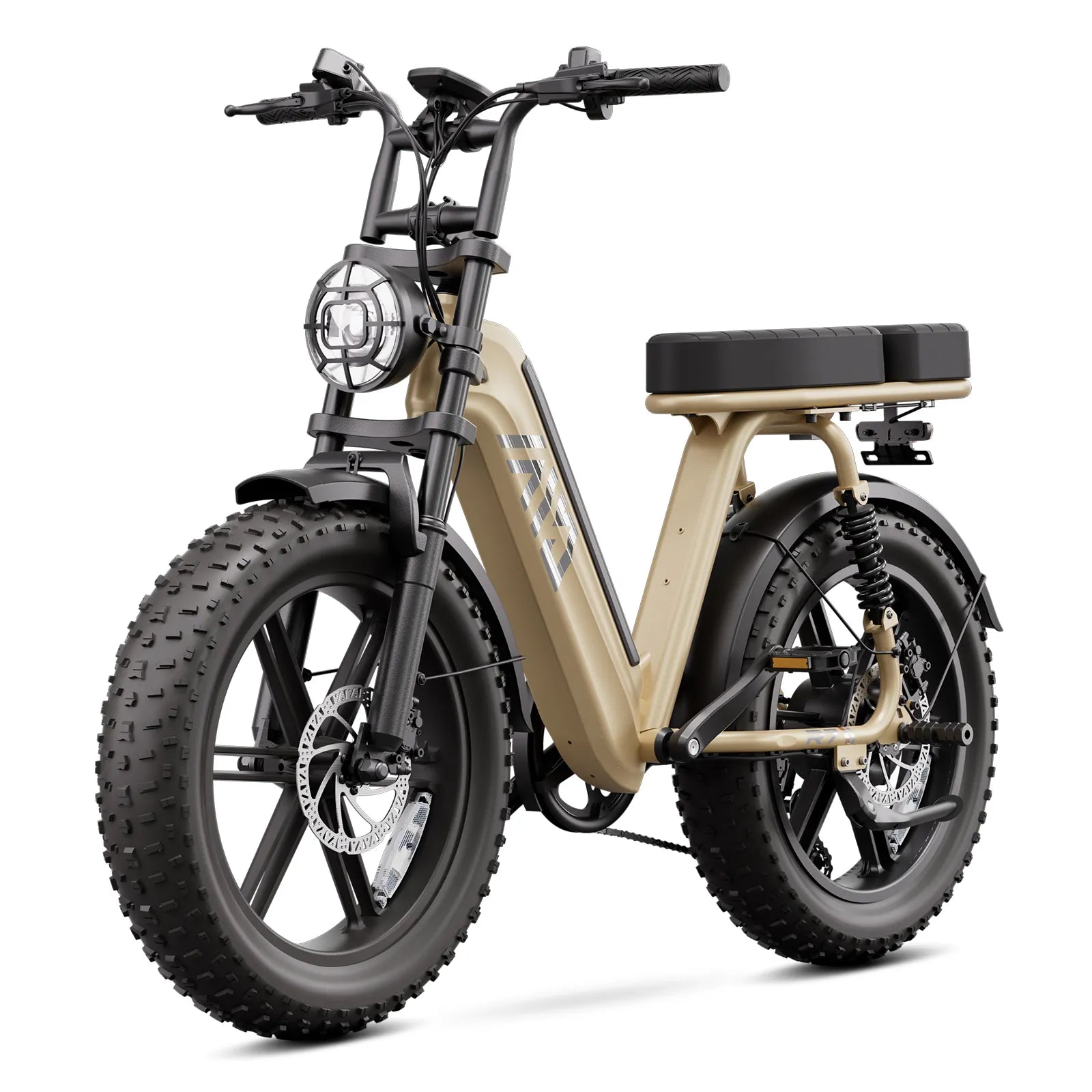
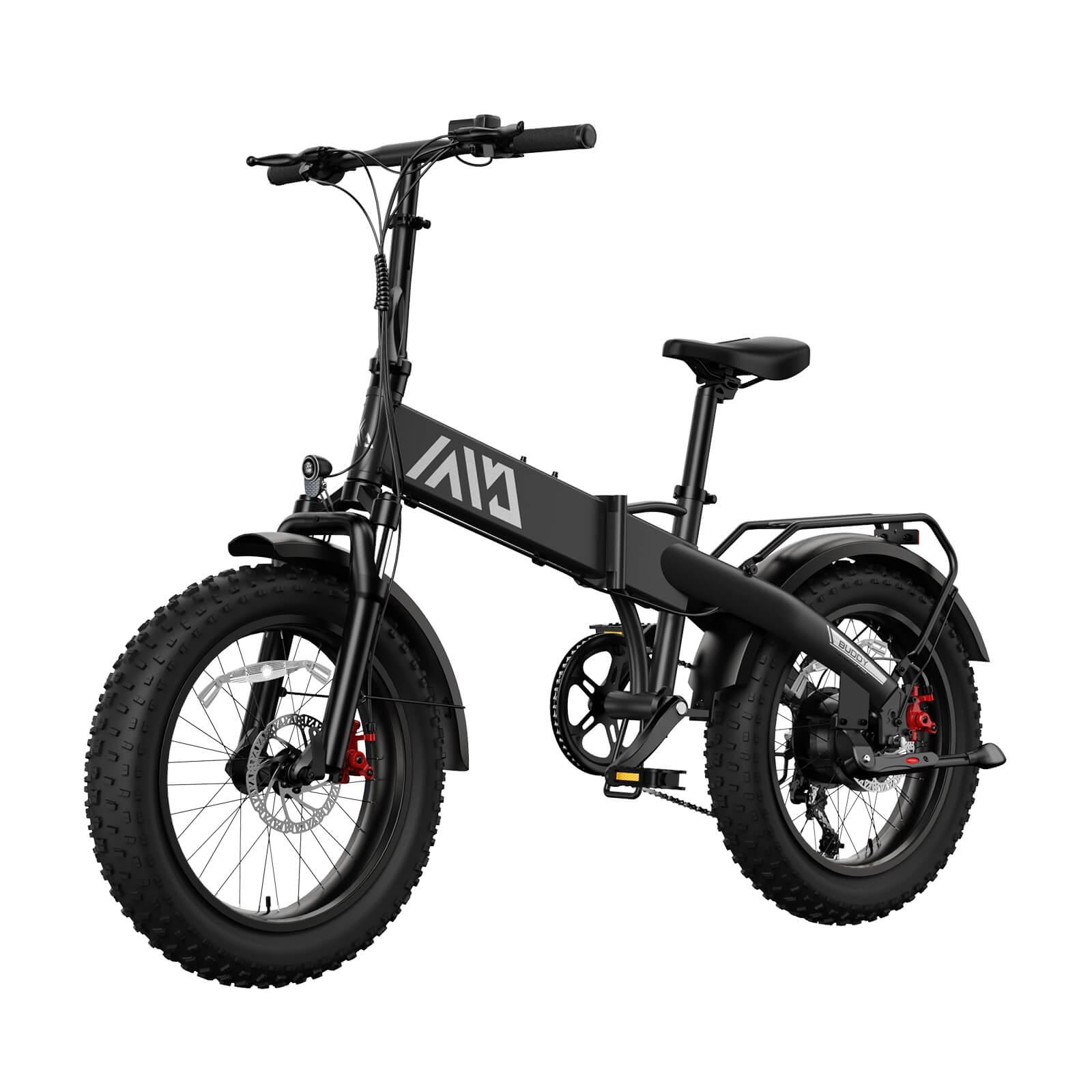
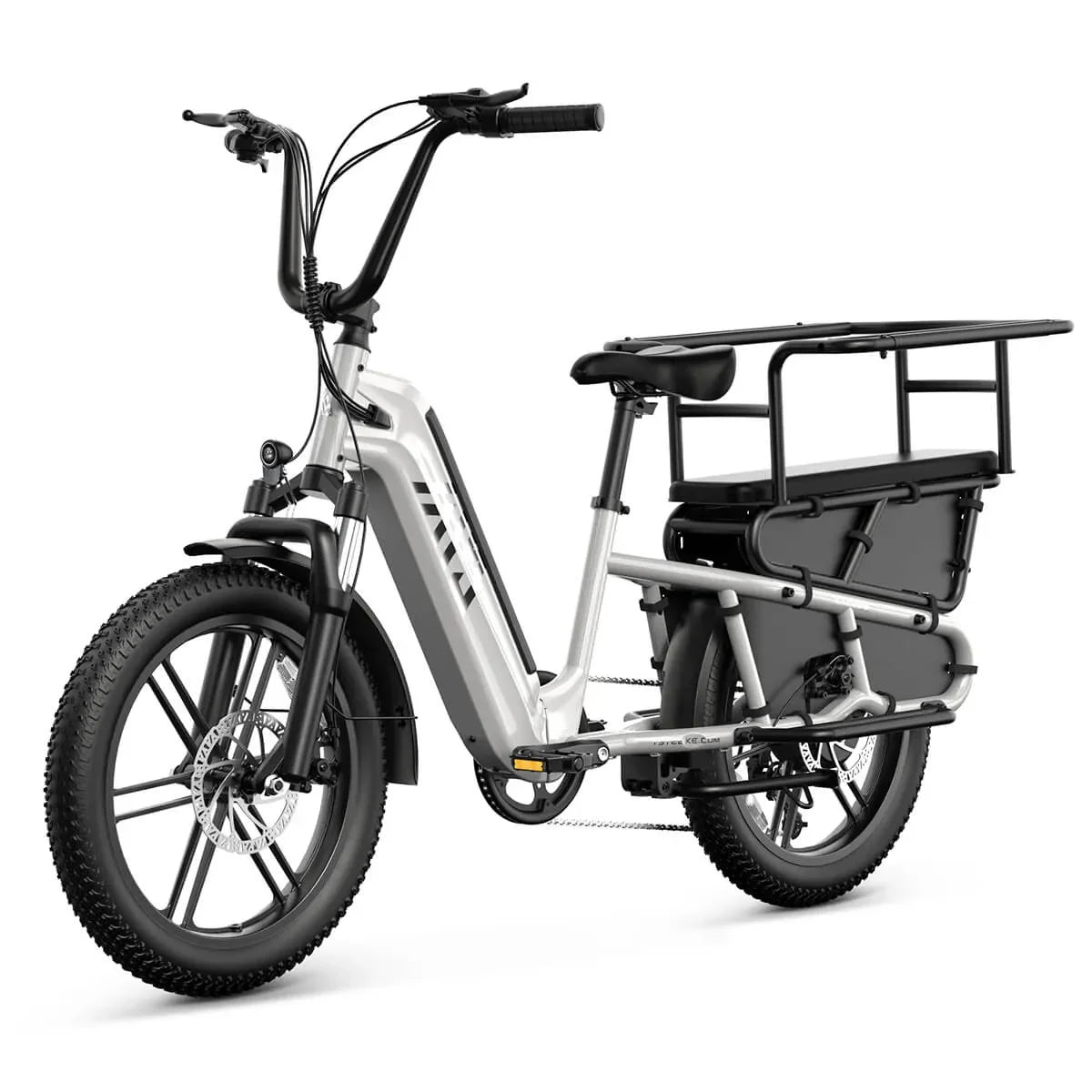

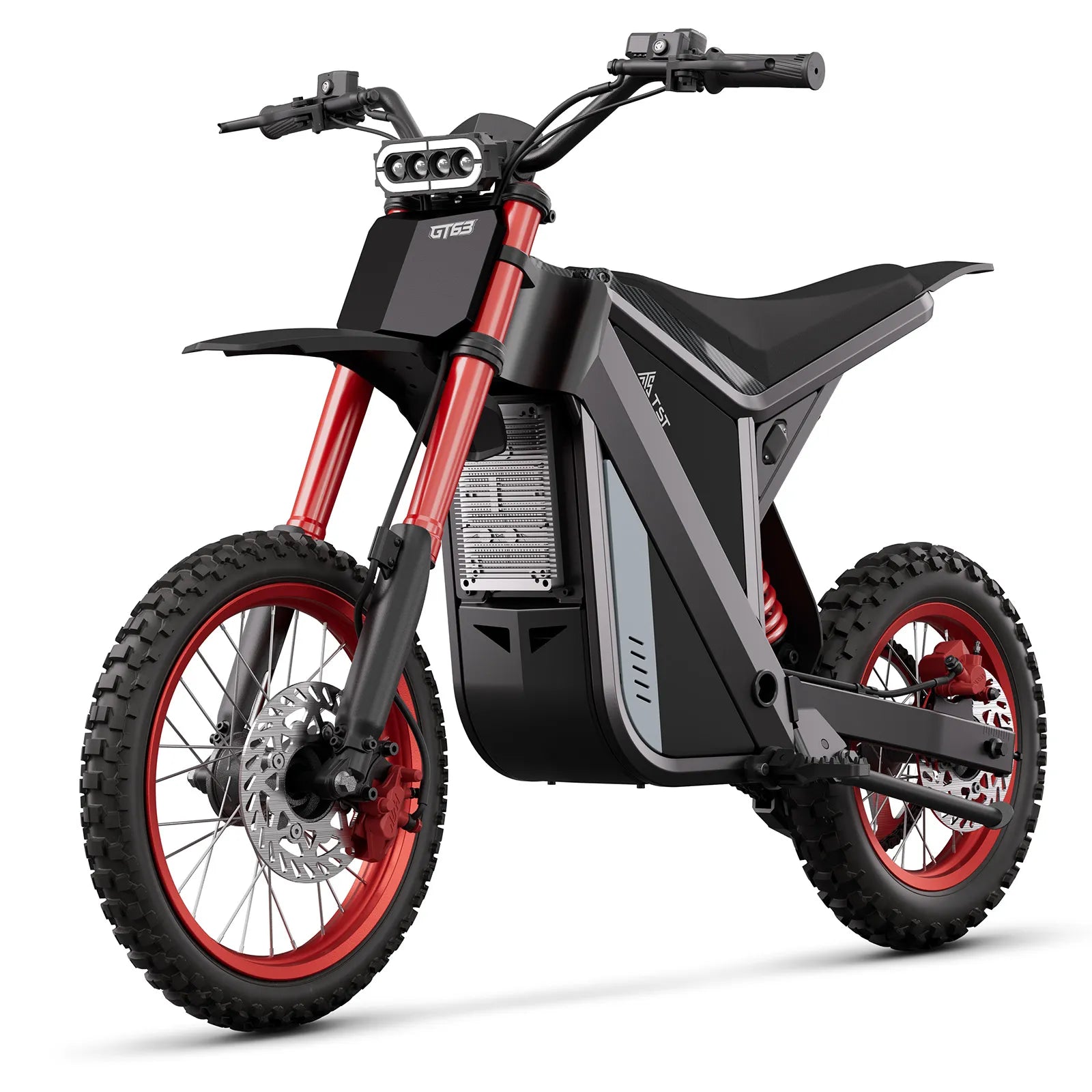
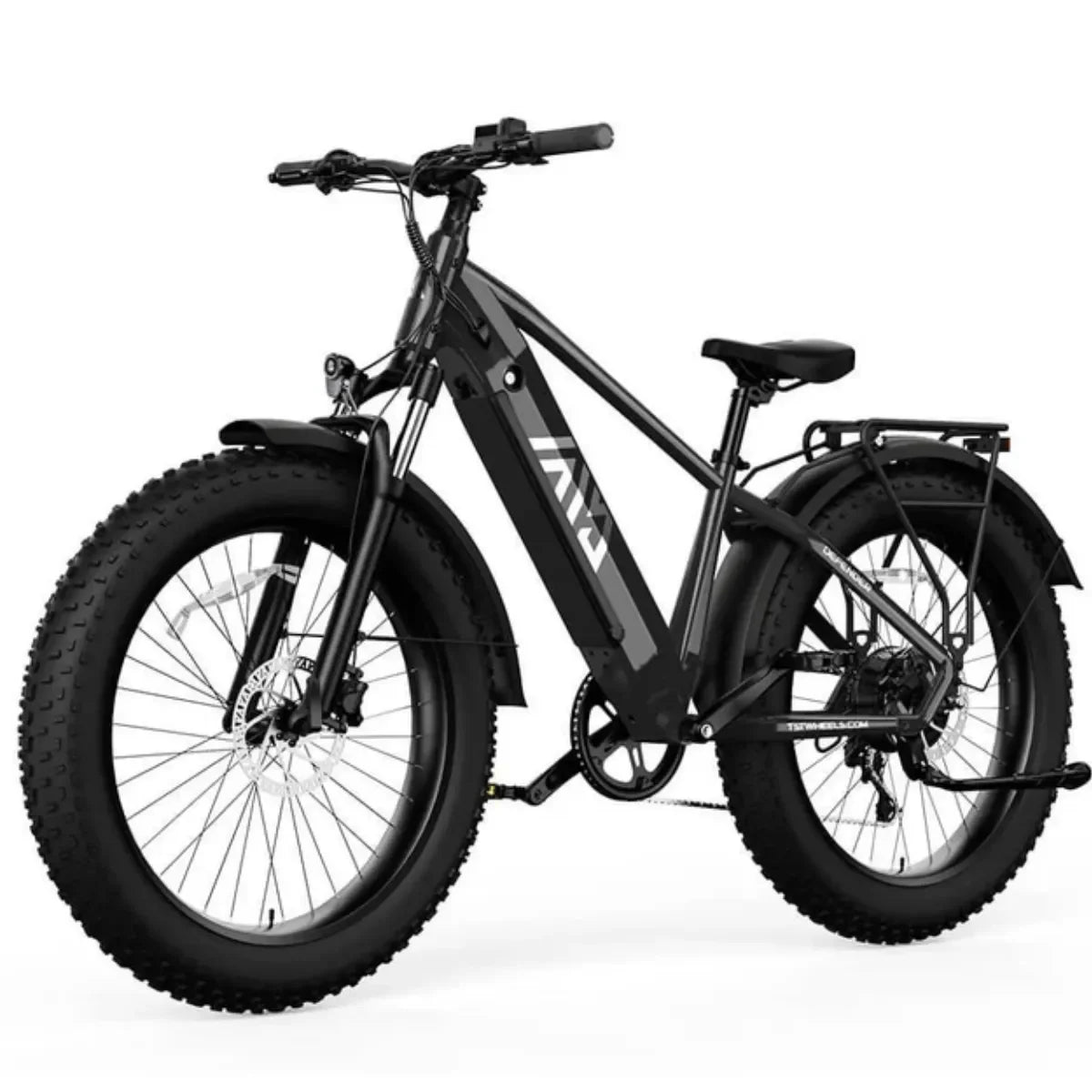
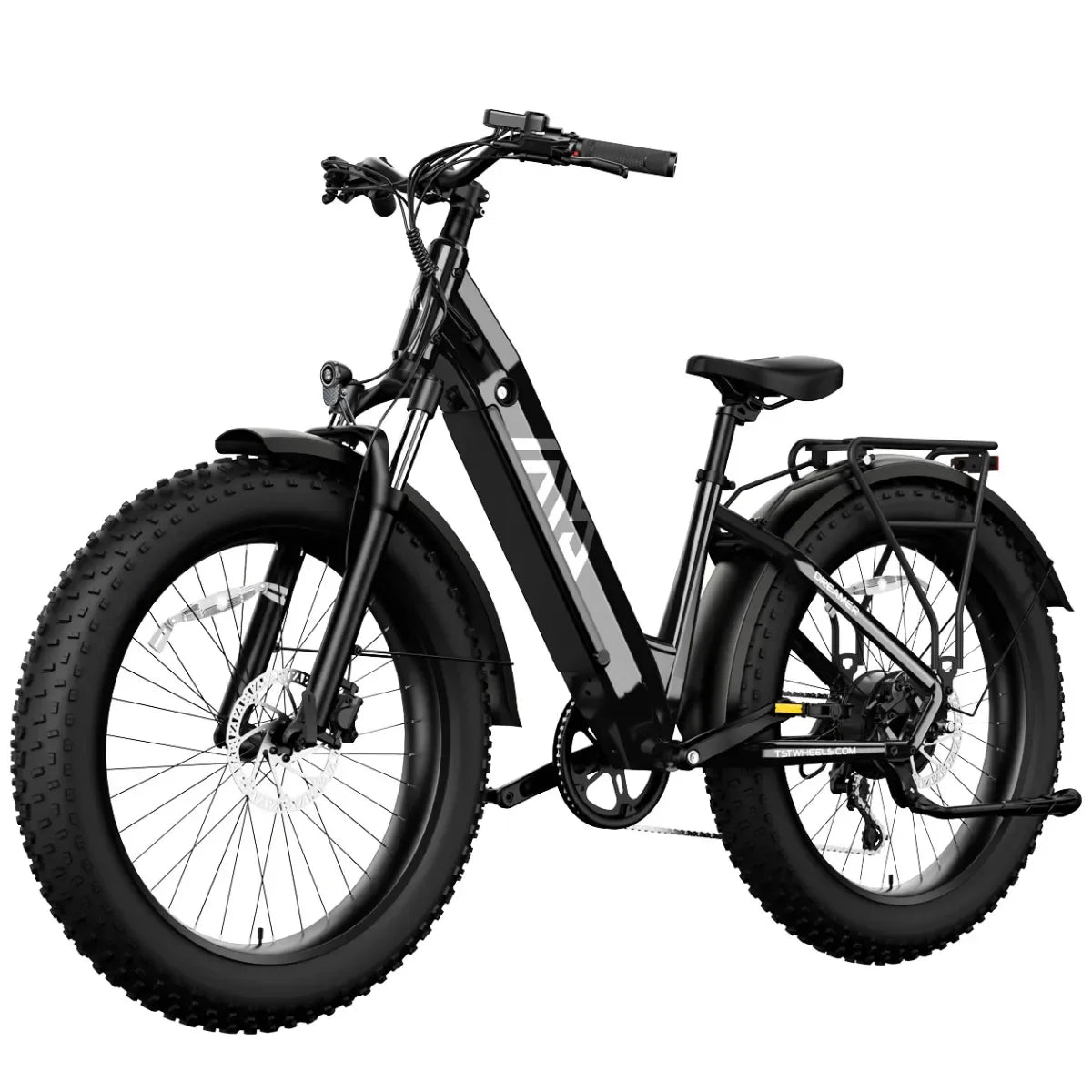
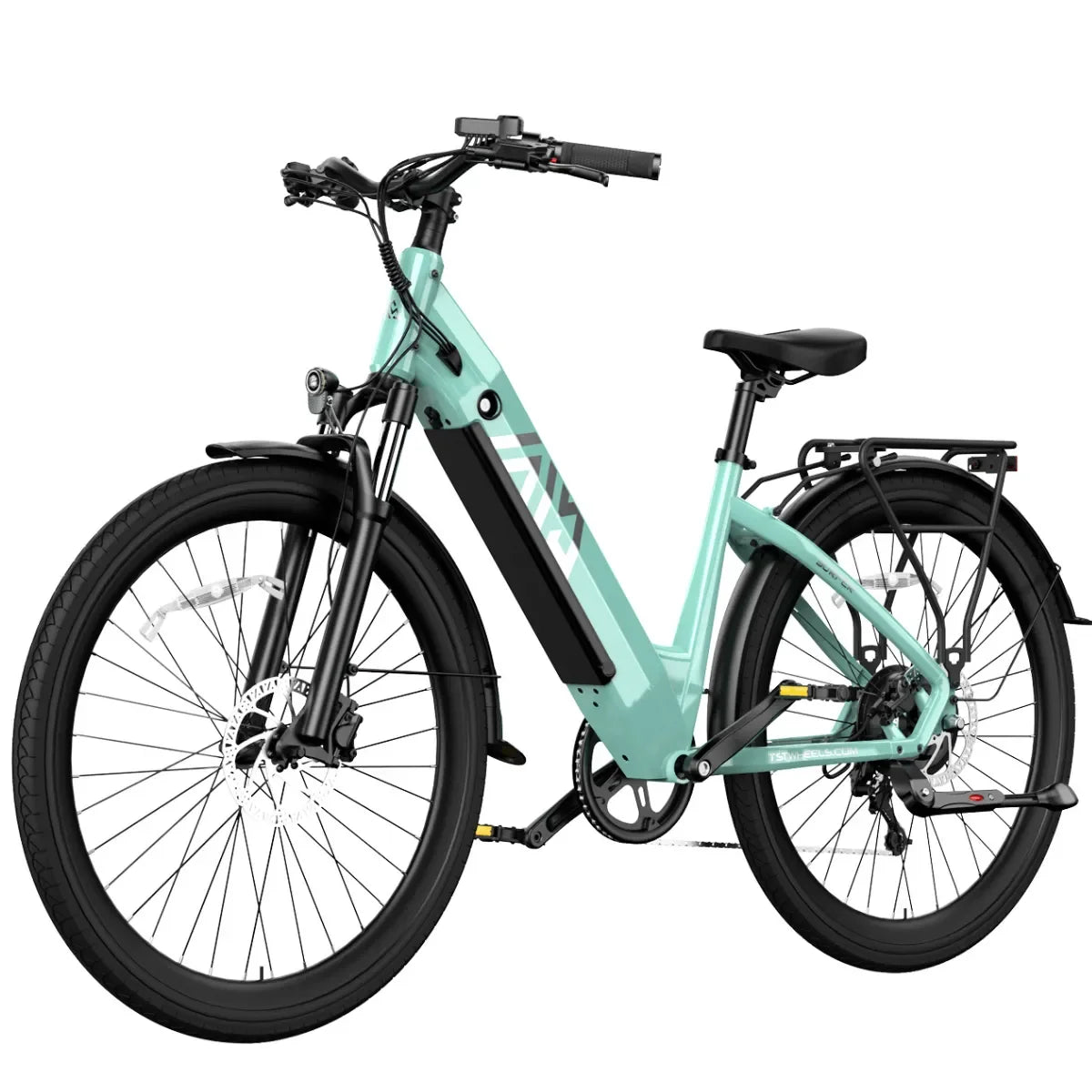
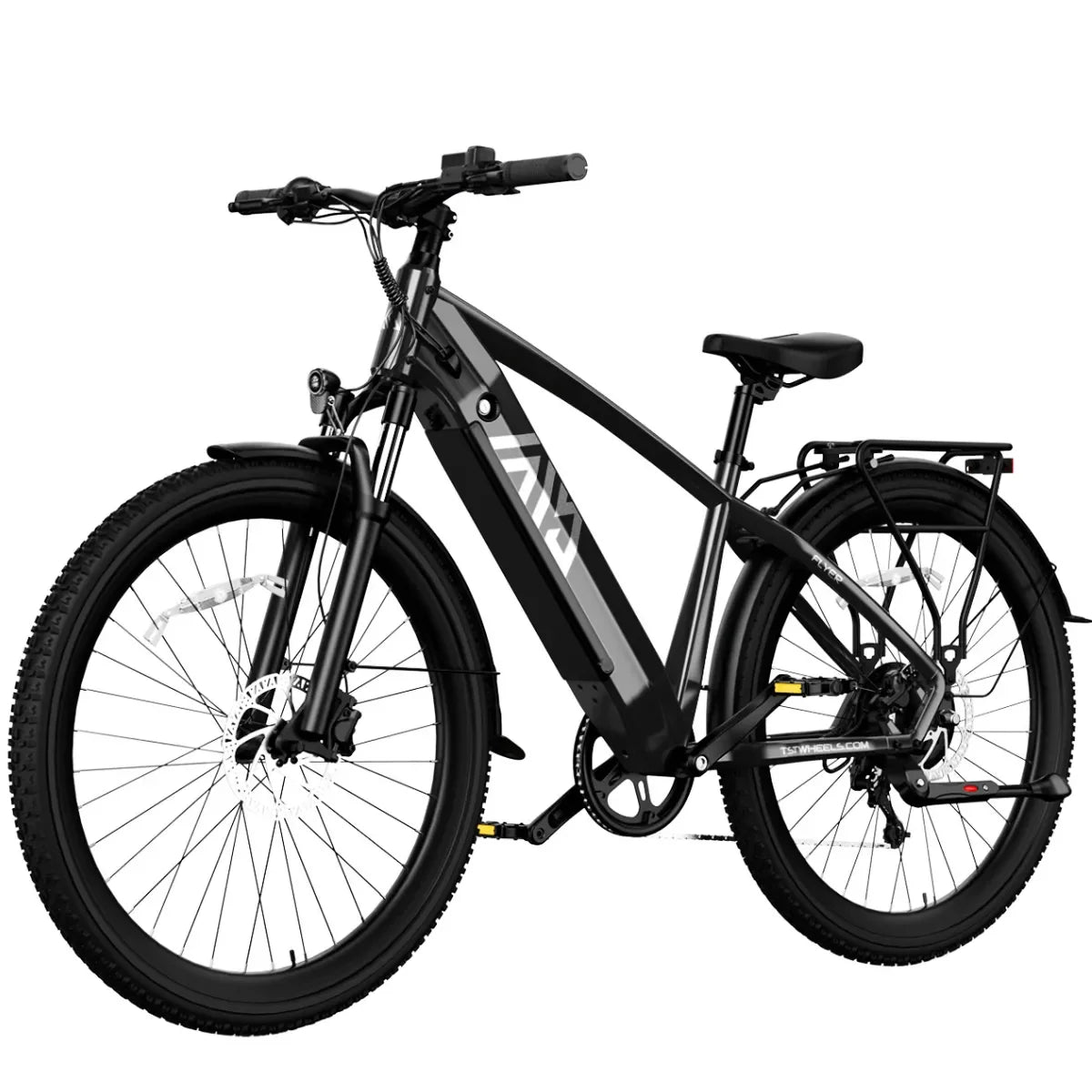
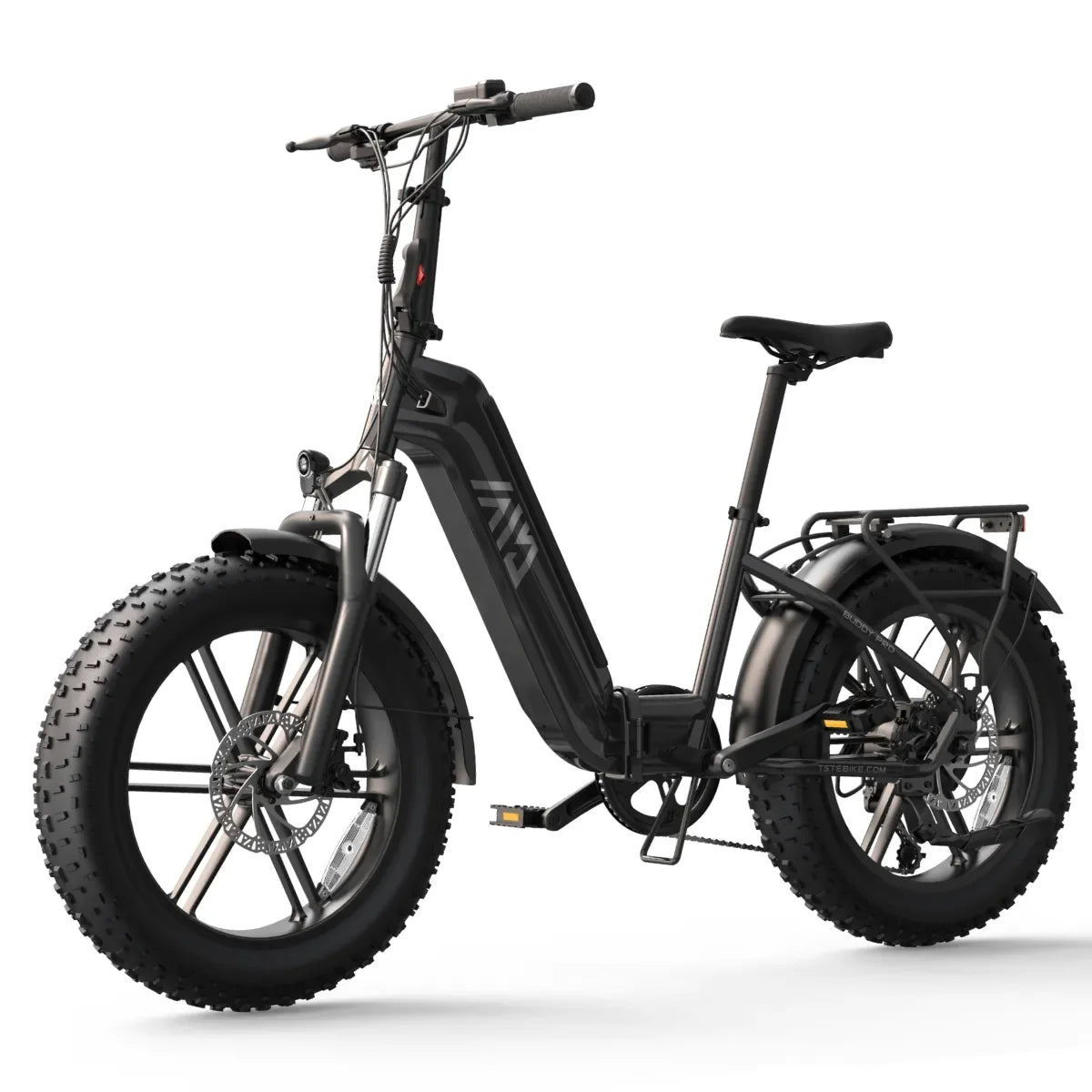
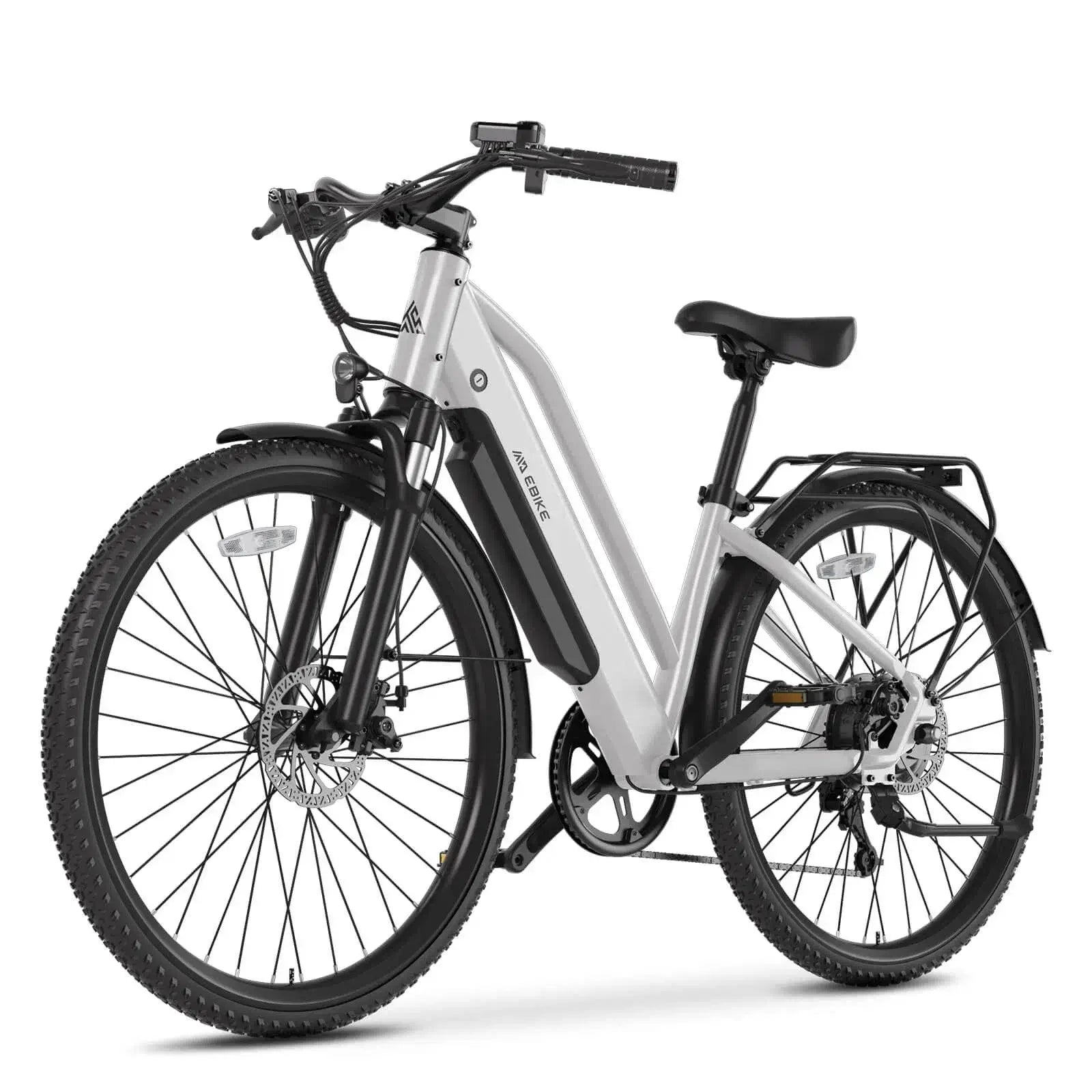
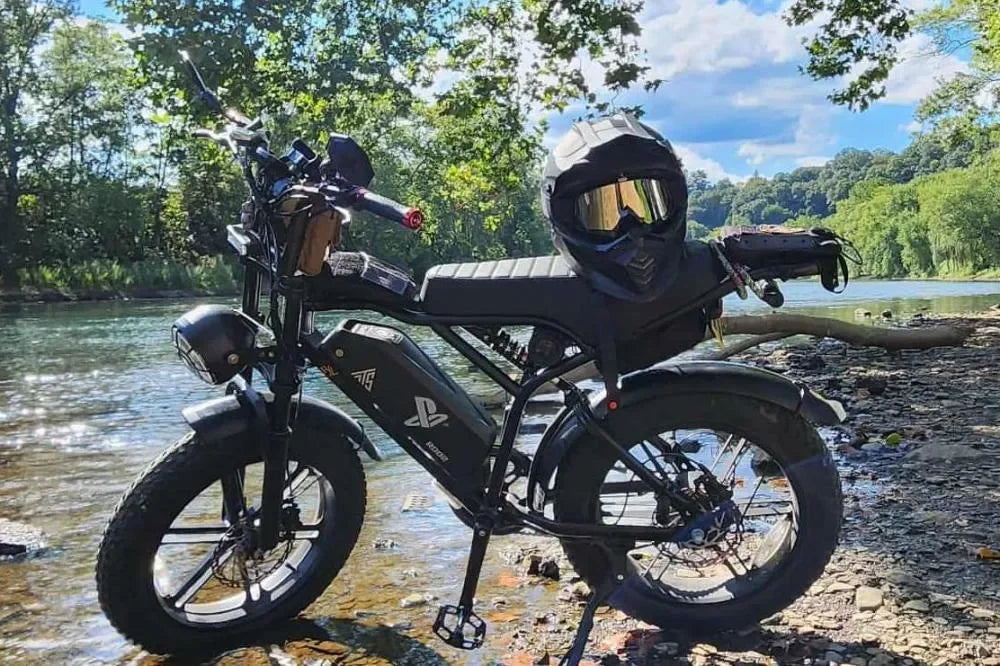
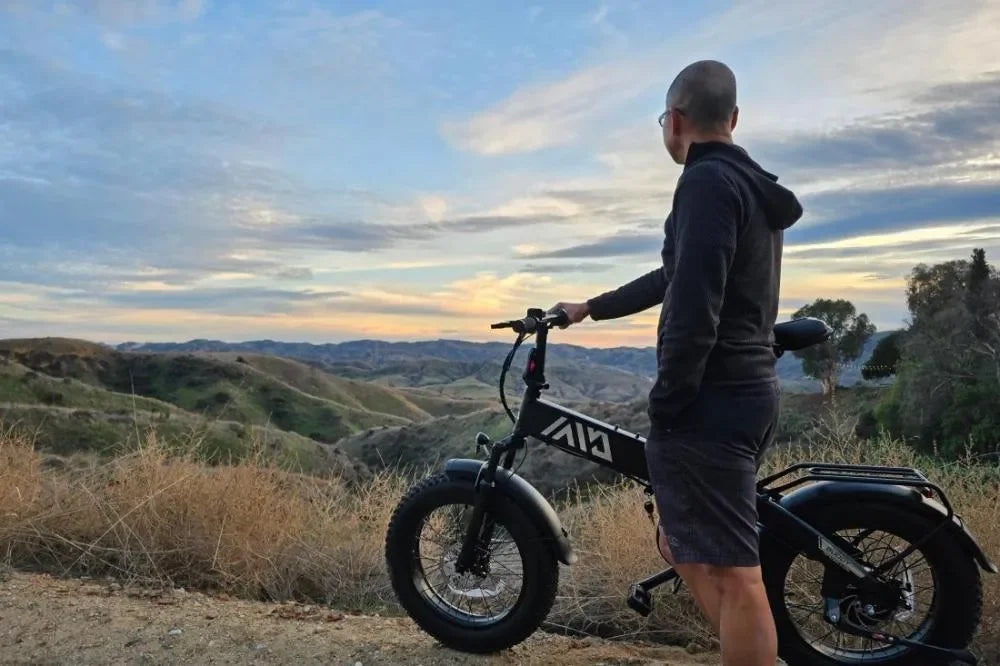
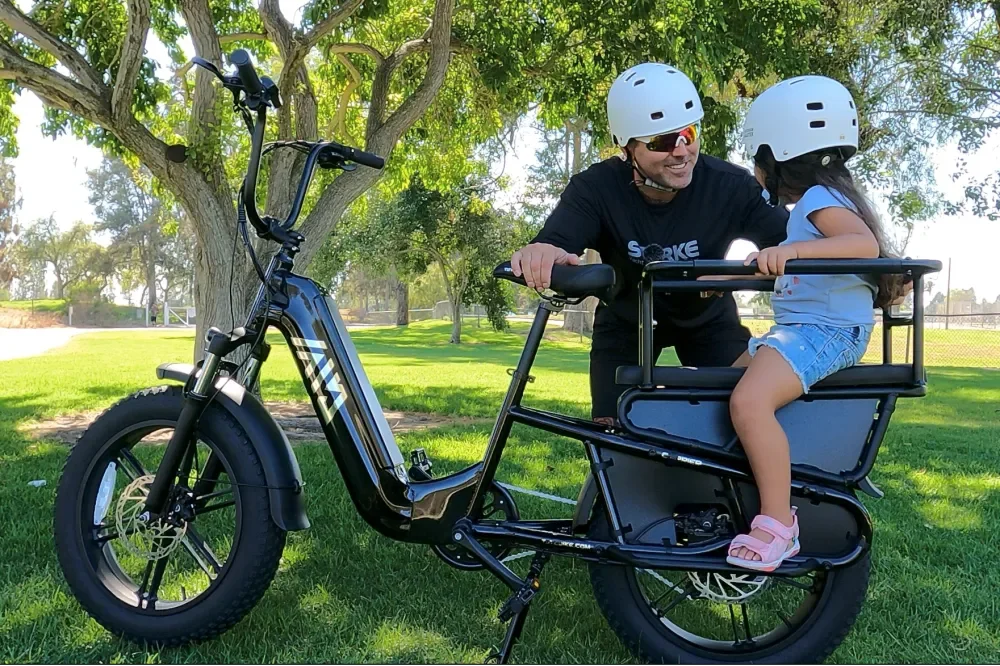
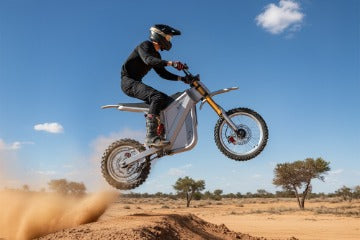
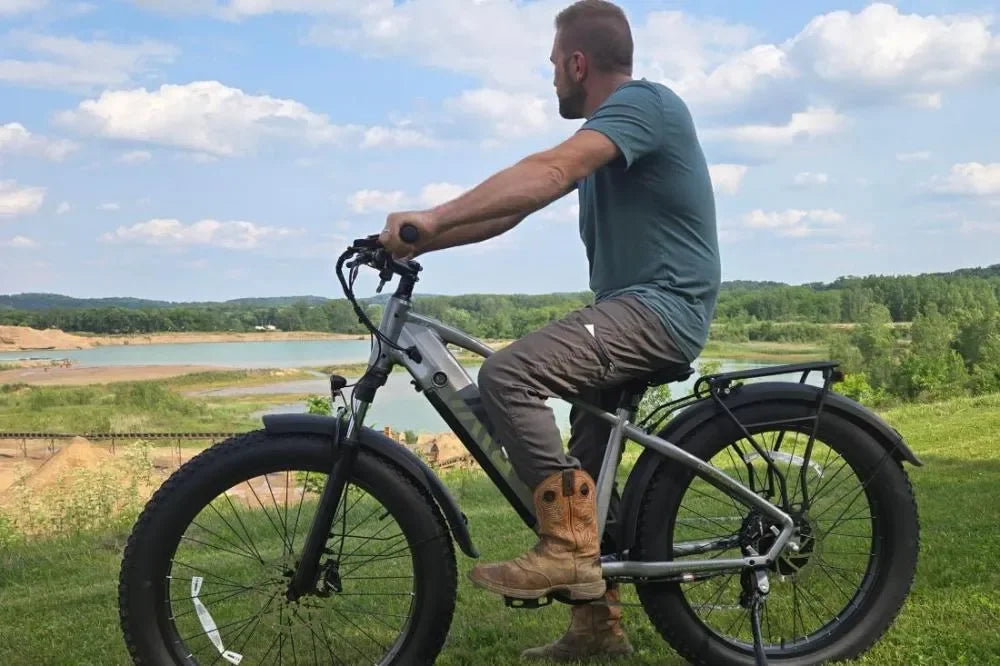
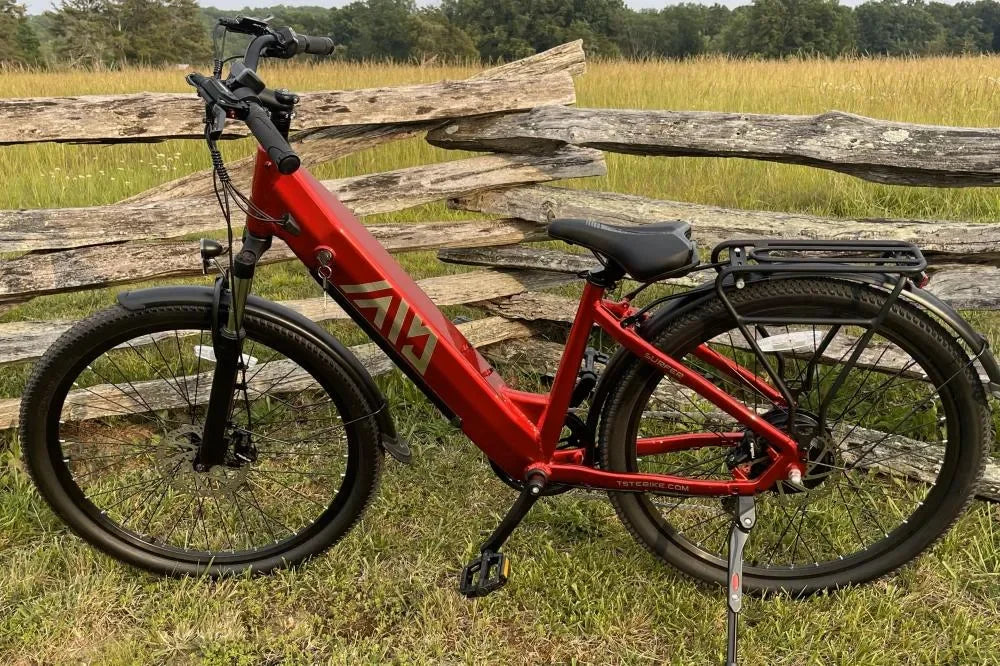
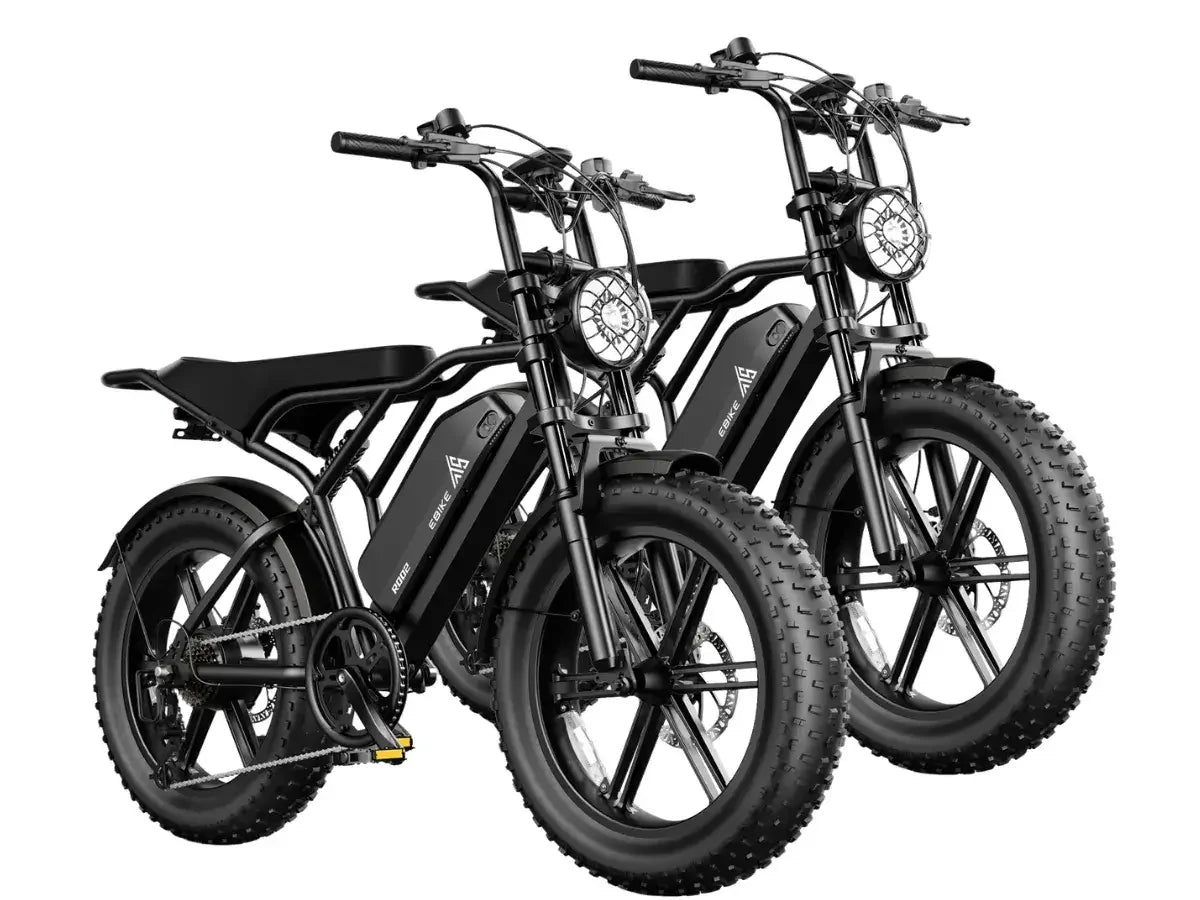
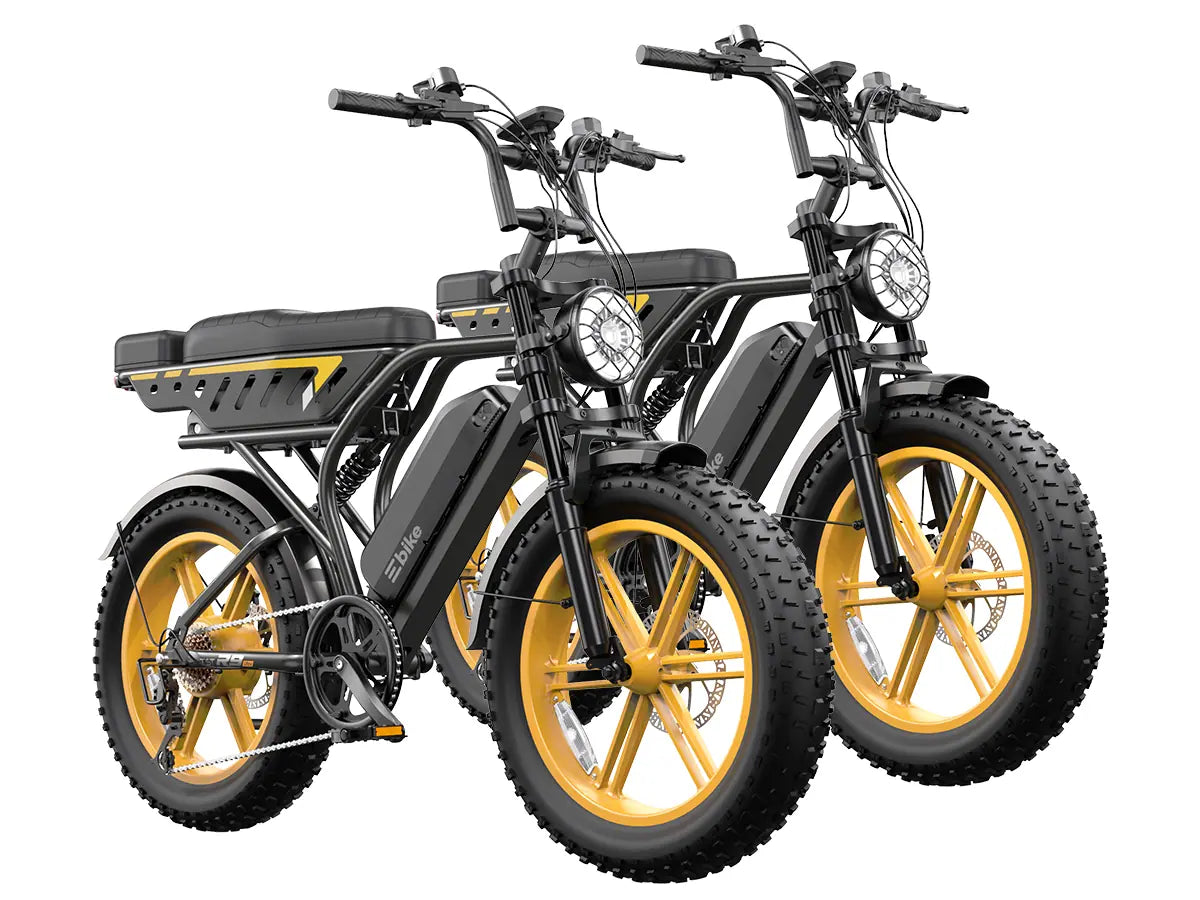
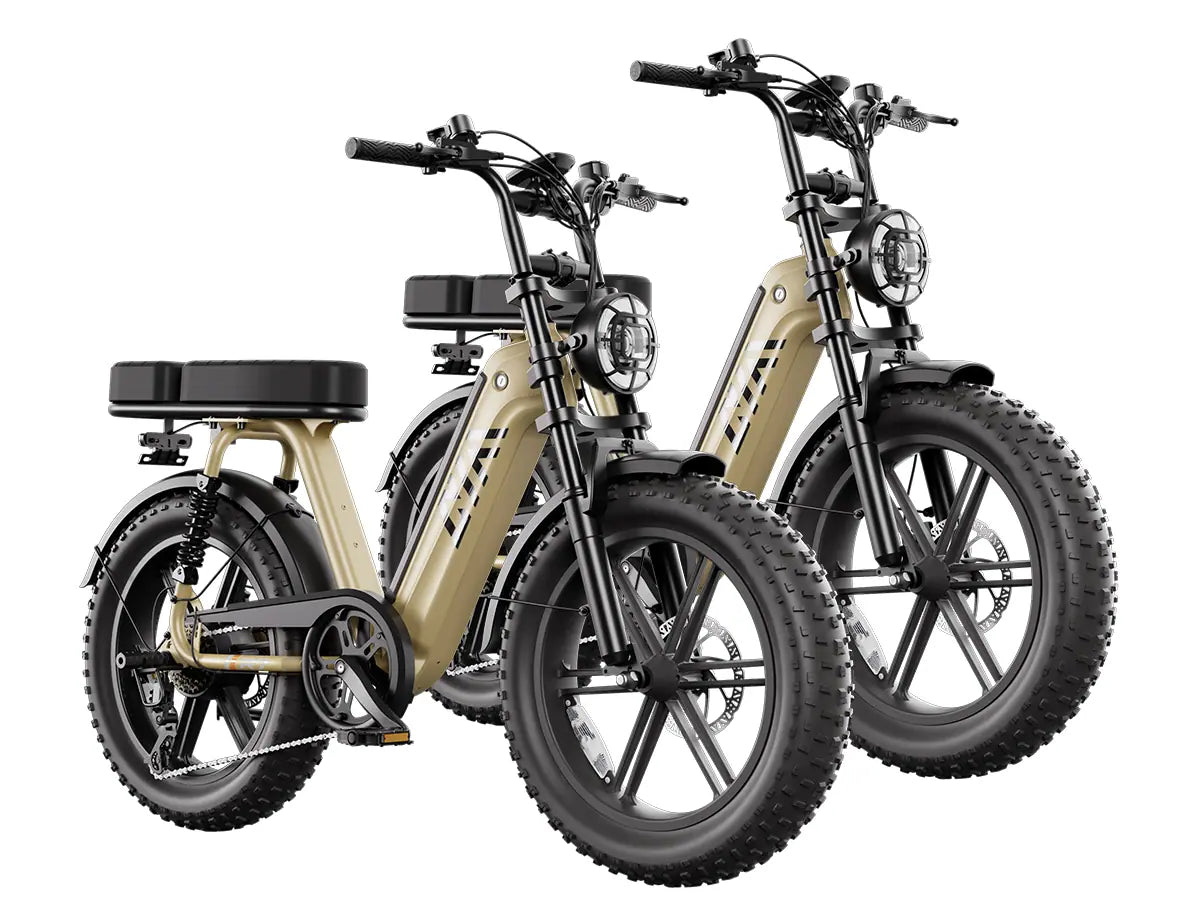
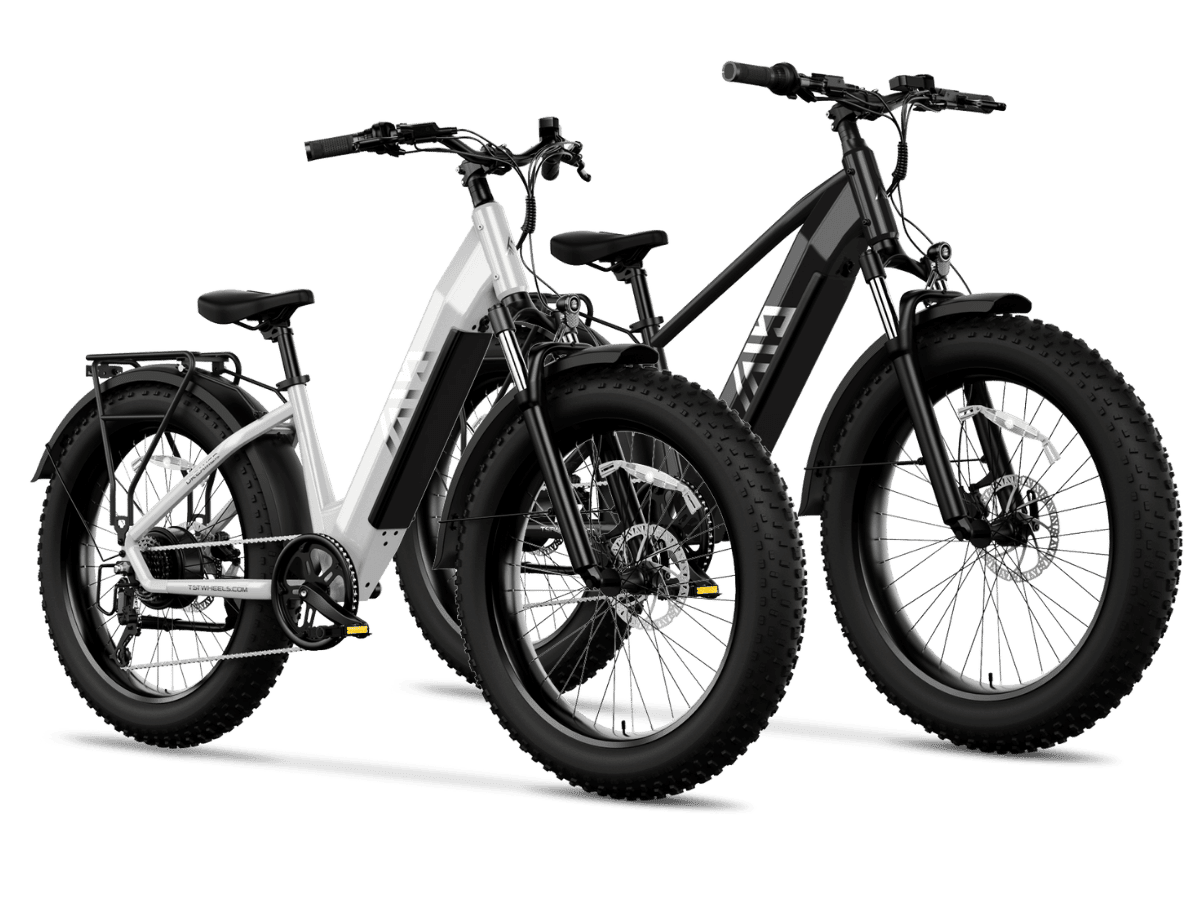
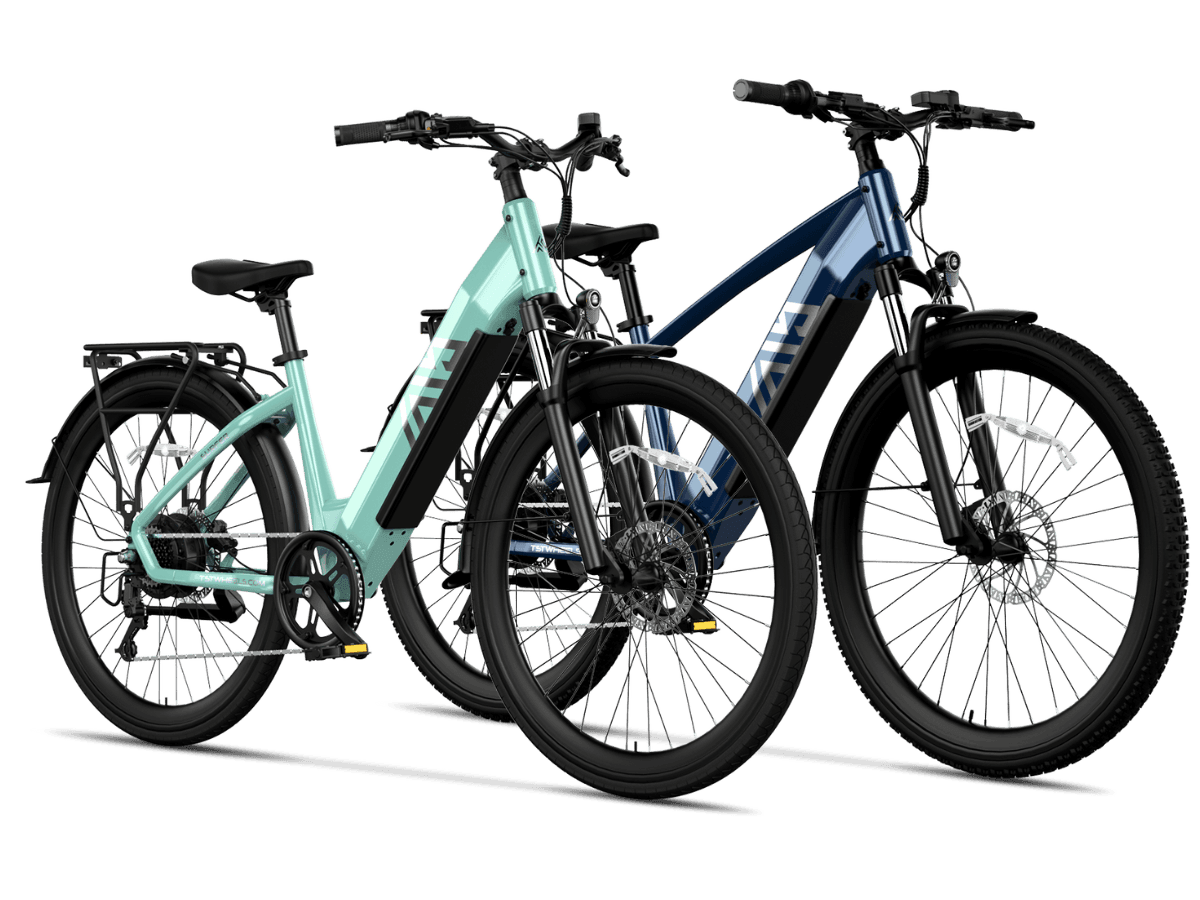
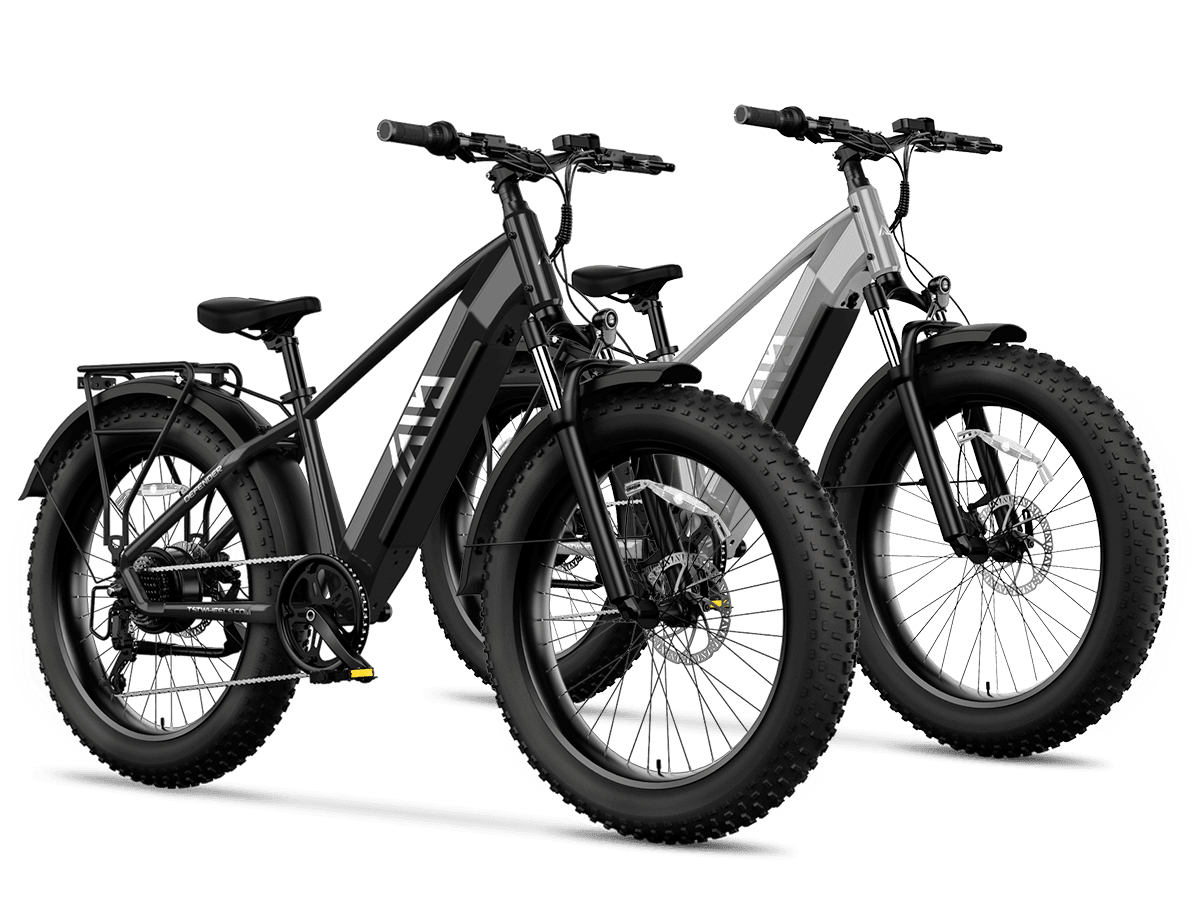
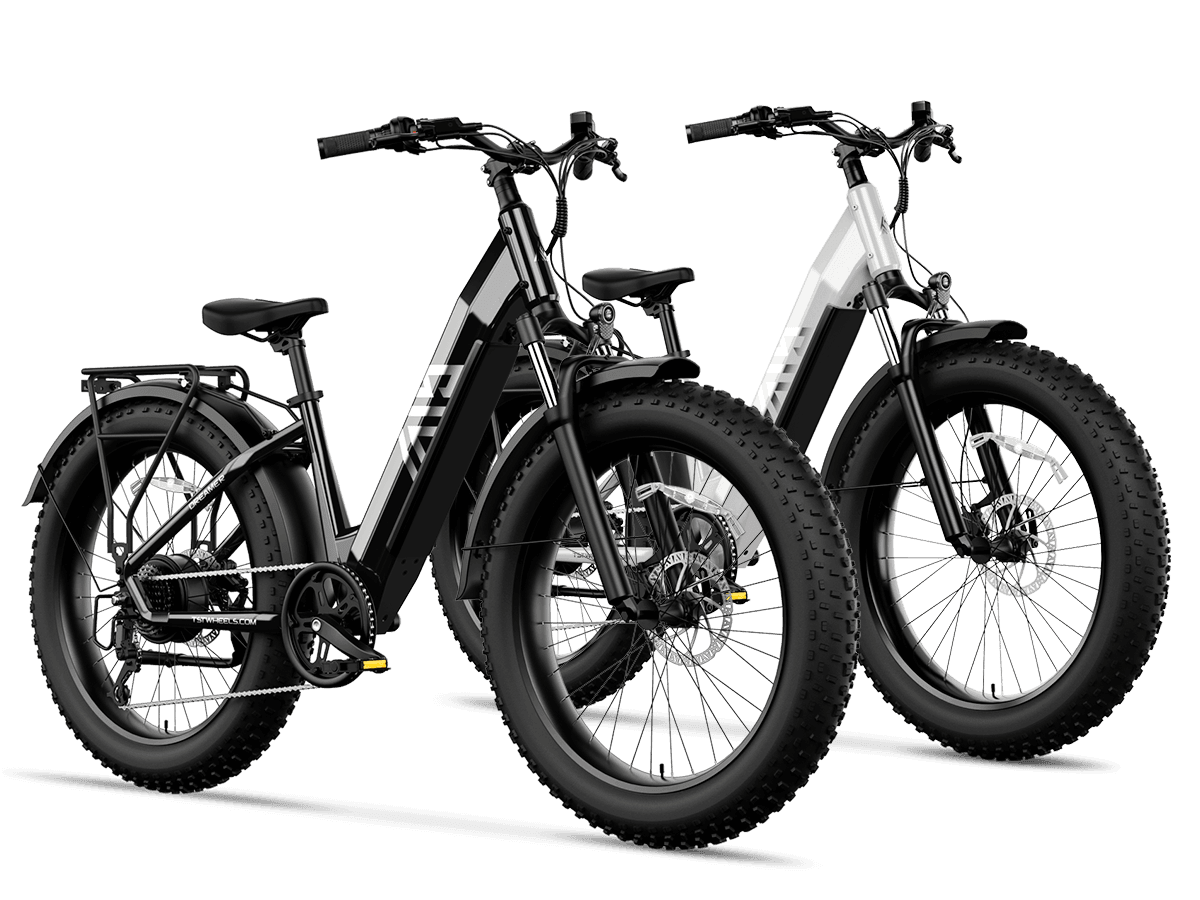
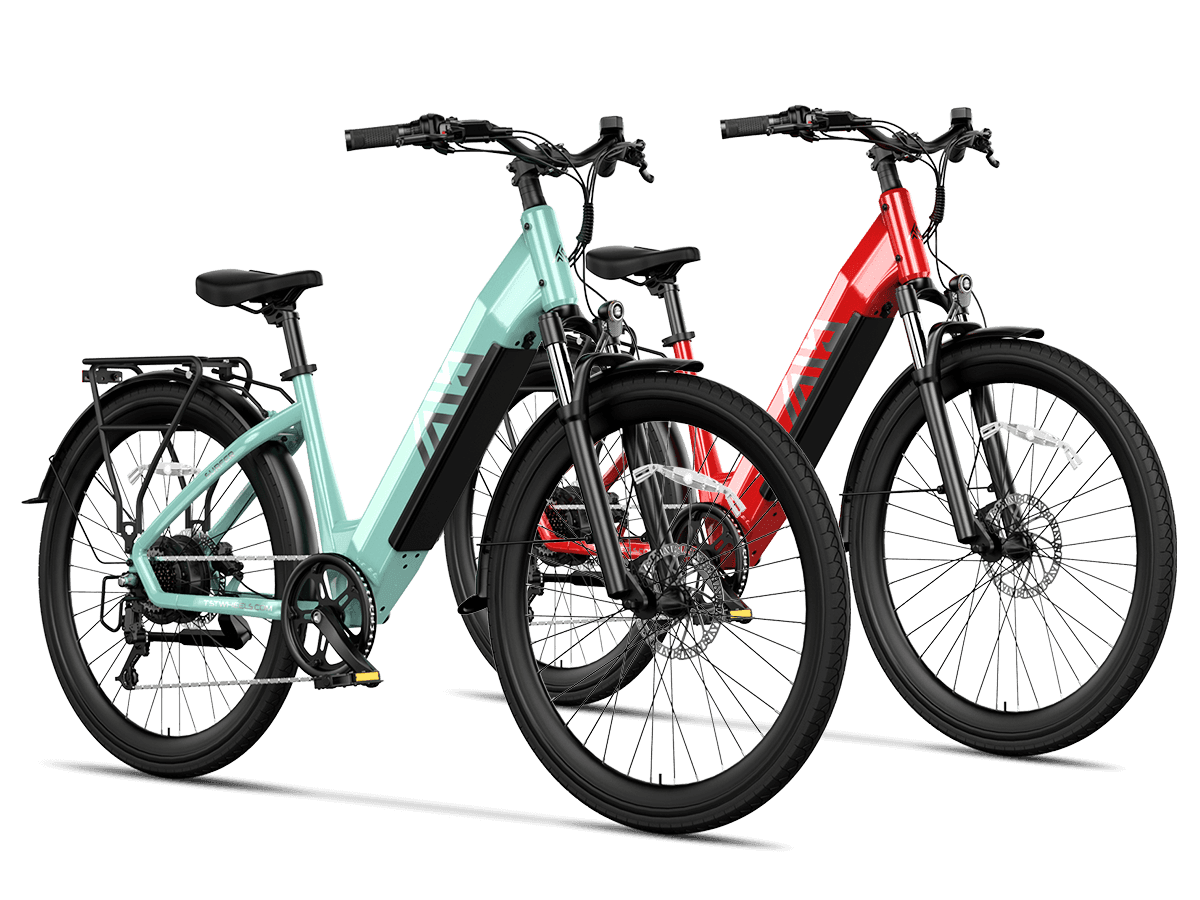




Leave a comment
All comments are moderated before being published.
This site is protected by hCaptcha and the hCaptcha Privacy Policy and Terms of Service apply.